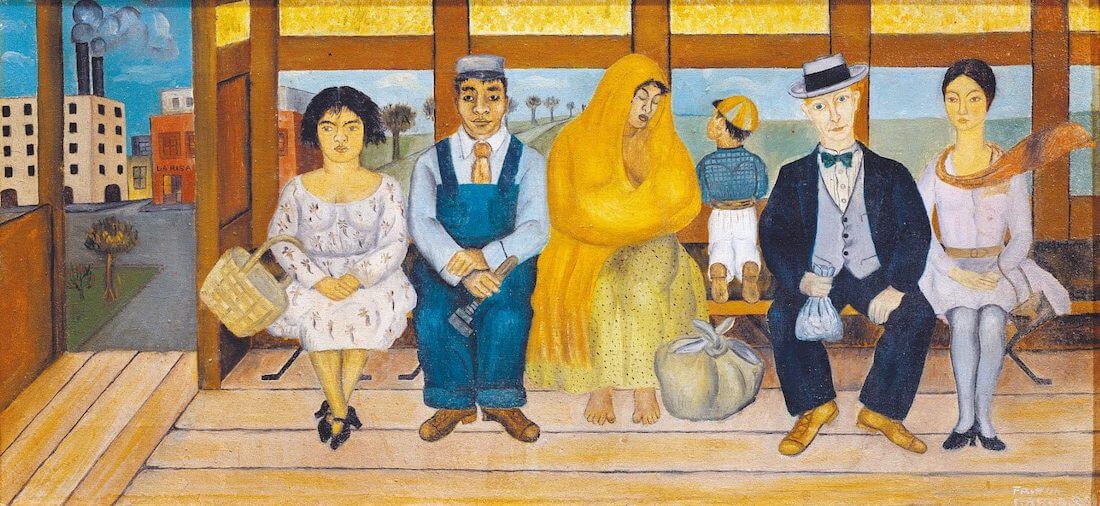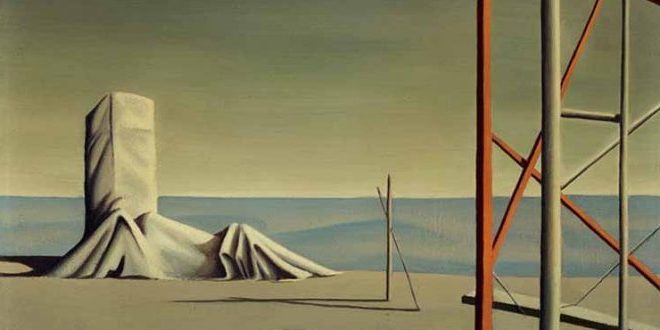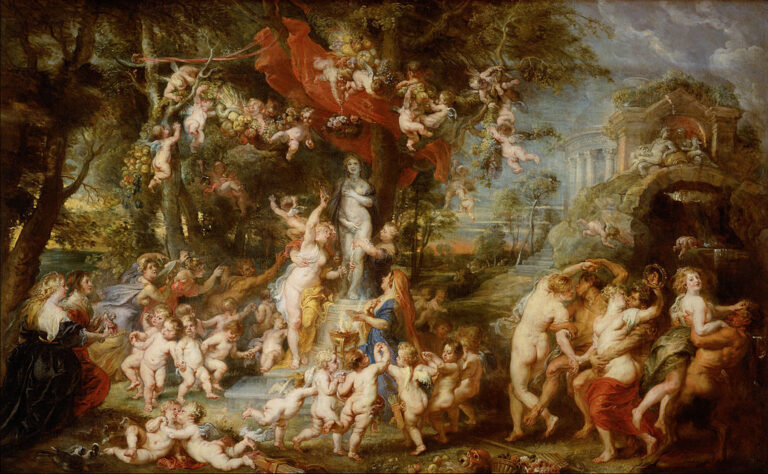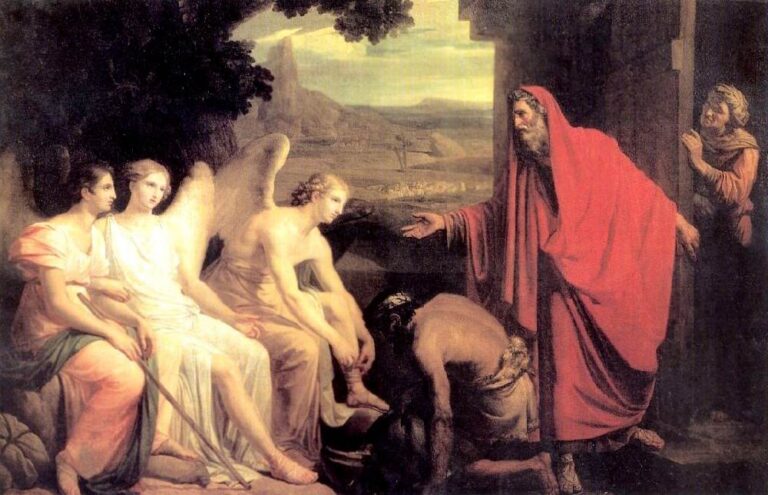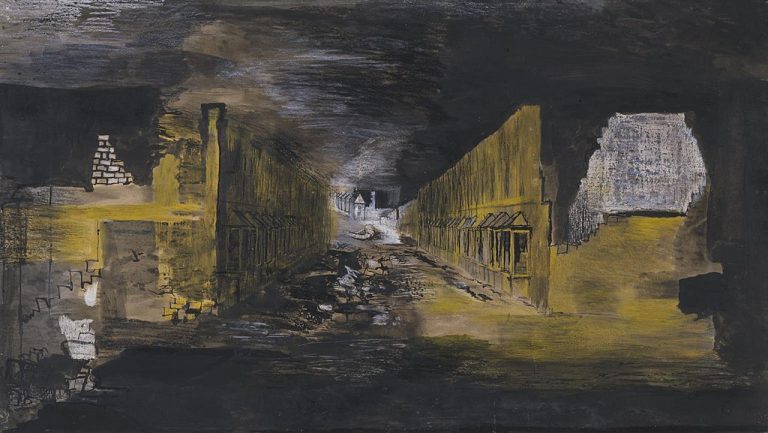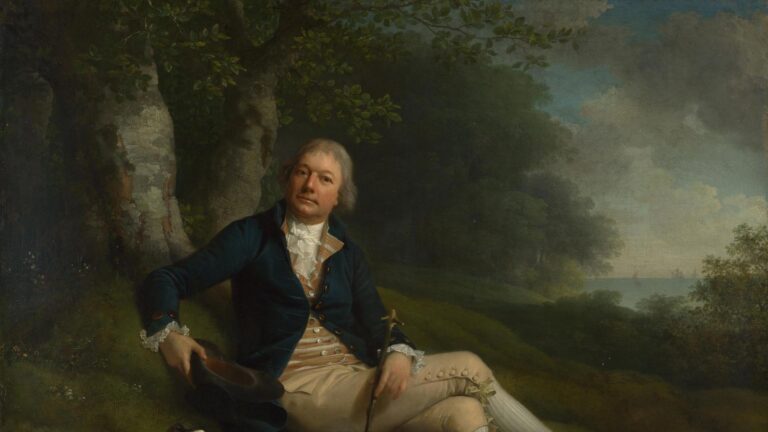Frida Kahlo Painter: Iconic Mexican Artist’s Enduring Legacy
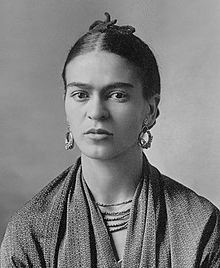
Born: July 6, 1907, in Coyoacán, Mexico City
Death: 13 July 1954, Coyoacán, Mexico City
Art Movement: Surrealist
Nationality: Mexican
Influenced by: Mexican and Indigenous cultures
Institutions: National Preparatory School
Frida Kahlo Painter: Iconic Mexican Artist’s Enduring Legacy
Life and Influences of Frida Kahlo
Frida Kahlo‘s was marked by physical struggles, passionate relationships, and artistic collaborations – experiences which would ultimately shape her artistic vision and powerful self-expression.
Early Life and Struggles with Polio and Bus Accident
Frida Kahlo was born July 6, 1907, in Coyoacan, Mexico City. At six years old, she contracted polio, which affected both legs and feet on her right side.


In 1925, Kahlo was involved in a severe bus accident which resulted in lifelong pain and medical issues that would profoundly alter both her life and artistic pursuits. This event changed the course of her life and art.
As she recuperated, Kahlo began painting from bed using an easel designed specifically to allow this. Her physical ailments became central themes in her paintings.
Frida Kahlo and Diego Rivera: A Tumultuous Relationship
Kahlo met Diego Rivera, an acclaimed muralist in 1928. They married thereafter in 1929 after experiencing a passionate and turbulent relationship.
Their marriage was marked by infidelity on both sides and frequent separations, leading them to divorce in 1939 and then remarry the same year in 1940.
Rivera had an enormous influence on Kahlo’s art. He encouraged her to include Mexican folk art styles and themes into her paintings.
Kahlo frequently depicted their relationship in her paintings, such as “Frieda and Diego Rivera” (1931).
Surrealist Connections and Artistic Collaborations
Though Kahlo had rejected the label of Surrealist artist, Andre Breton described her paintings as such. These often blend reality with fantasy and symbolism.
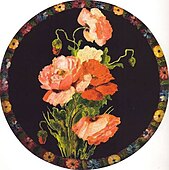
Charola de amapolas, 1924, her first painting
Due to her friendship with Russian revolutionary Leon Trotsky, Kahlo briefly participated in the Mexican Communist Party.
She actively participated in Surrealist exhibitions and formed connections with artists from Paris and New York, broadening her artistic horizons in this way.
Kahlo’s iconic Surrealist work “The Two Fridas” (1939) explores themes of identity and emotional pain.
Artistic Achievements and Iconography
Frida Kahlo’s art is famous for its bold colors, raw emotion, and unique blend of realism and fantasy. Her paintings explore themes such as identity, pain, and Mexican culture.
Signature Styles and Themes
Kahlo’s artwork is distinguished by vibrant self-portraits that depict her physical and emotional struggles, often featuring objects or animals symbolic of herself or of Mexican folk art; her style combines these influences.
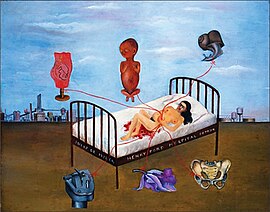
Henry Ford Hospital (1932)
Kahlo’s paintings frequently address:
- Physical pain and disability
- Gender roles and femininity
- Nature and animals
- Mexican identity and traditions
Kahlo employed bold colors and meticulous brushstrokes to create vivid, dreamlike images influenced by nature and animals, reflecting her personal experiences and inner world.
Notable Works and Exhibitions
Some of Kahlo’s most famous paintings include:

The Two Fridas
- “The Two Fridas” (1939)
- “Self-Portrait with Thorn Necklace and Hummingbird” (1940)
- “The Broken Column” (1944)
Kahlo’s first solo show was at New York’s Julien Levy Gallery in 1938 and gained international acclaim. Later that same year, The Louvre purchased “The Frame,” marking Kahlo as the first 20th-century Mexican artist featured in their collection.
Her works were also shown in Mexico City, Paris and San Francisco during her lifetime. The Blue House (Casa Azul) where Kahlo lived and worked has now been turned into a museum dedicated to her art and life.
Legacy in Art History
Kahlo continues to exert an impactful force in art and culture, inspiring many artists with her signature style and emotive themes. She is considered as a pioneer of self-representation in art as well as exploring identity through it.
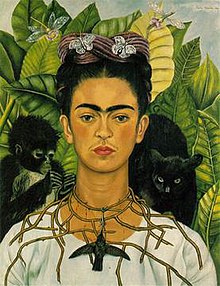
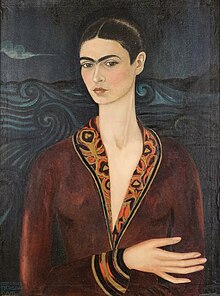
Kahlo’s work has been praised for its:
- Raw emotion and honesty
- Celebration of Mexican culture
- Exploration of gender and sexuality
Kahlo has become an iconic figure of both feminism and Mexican national identity. Her paintings now fetch millions in auction sales at major museums worldwide, and her image and art have become part of popular culture, from fashion shows to movies.
Influence on Culture and Society
Frida Kahlo left an indelible mark across art, culture and identity with her work continuing to shape conversations on representation, gender, and politics.
Representation of Mexican and Indigenous Cultures
Kahlo’s art pays homage to indigenous and Mexican cultures. She wore traditional Tehuana clothes and incorporated folk art elements in her paintings to promote Mexican culture around the world. Kahlo’s spark of interest has led to a renewed appreciation for Mexican heritage on many continents.
Her work featured pre-Columbian and indigenous symbols. She painted vibrant, colorful self-portraits with indigenous plants and animals. These became iconic images of Mexican culture.
Kahlo’s art resonated with those who felt trapped by multiple cultural influences. She explored Mexican identity, both through indigenous and European roots.
Intersection of Gender, Class, and Race
Kahlo’s art tackled complex social issues. Her works of art reflected her experiences, as a woman with disabilities and a Mexican of mixed heritage.
She used her self-portraits as a way to challenge gender roles and beauty standards. Her self-portraits included masculine features and visible body hair – an act which inspired later feminist and LGBTQ+ movements.
Kahlo’s art explores class struggles by supporting communist ideals, and painting about worker’s rights. She draws attention to social inequality both in Mexico and beyond. Her fame raised awareness of this issue.
Posthumous Recognition and Commemoration
Kahlo’s fame grew even after her death. Casa Azul, her former home in Coyoacan, became a museum by 1958. It now receives over 25,000 visitors per month.
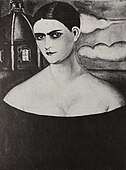
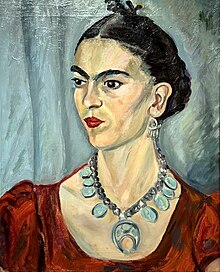
Her image appears on Mexican currency and stamps; her distinctive look was emulated by fashion designers and popular culture; films, books, and plays about her life continue to be produced.
Kahlo was the first Hispanic female to be featured on a US postage stamp in 2001. She is now a subject of study at universities and schools around the world. Her work is now a symbol of Mexican pride as well as feminist strength.
Frequently Asked Questions
Frida Kahlo’s life and art were influenced by a variety of factors. Her work was influenced by her experiences, techniques and relationships.
How did Frida Kahlo’s early life influence her art?
Frida’s childhood spent in Mexico City left a lasting impression on her work. She was raised in a home called La Casa Azul. Later, this house became a major theme in her artwork.
Kahlo got polio at age 6. It affected her right leg. Her interest in medical topics, which later showed up in her artwork, was sparked by this illness.
What techniques and styles are evident in Frida Kahlo’s paintings?
Kahlo’s work is full of bright colors and Mexican folk styles. She painted many of her self-portraits using symbolic objects.
Her paintings were a mix of realism and fantasy. In her paintings, she often used animals, plants and cultural symbols.
What was the impact of Frida Kahlo’s accident on her career?
Kahlo, then 18, was involved in a bus accident. She suffered from many injuries, and she was in pain the rest of her days.
She began painting during her recovery. Her accident inspired her to become a painter. Her works often show the physical and emotional pain she experienced.
Can you list some notable quotes by Frida Kahlo?
“I paint self-portraits because I am so often alone because I am the person I know best.”
“I am not sick. I am broken. But I am happy to be alive as long as I can paint.”
“Feet, what do I need them for if I have wings to fly?”
Who were members of Frida Kahlo’s family, and how did they affect her work?
Guillermo Kahlo was the father of Kahlo. He was a professional photographer. He taught her art and photography.
Her mother, Matilde, supported her career as an artist. Diego Rivera was Kahlo’s husband. He too is a well-known painter. Her work often reflected their relationship.
What are some lesser-known facts about Frida Kahlo’s personal and professional life?
Kahlo spoke several languages; English, French and German. She was a lover of animals, including dogs, monkeys and birds.
Kahlo taught art briefly. She had her first solo show in New York in 1938.

